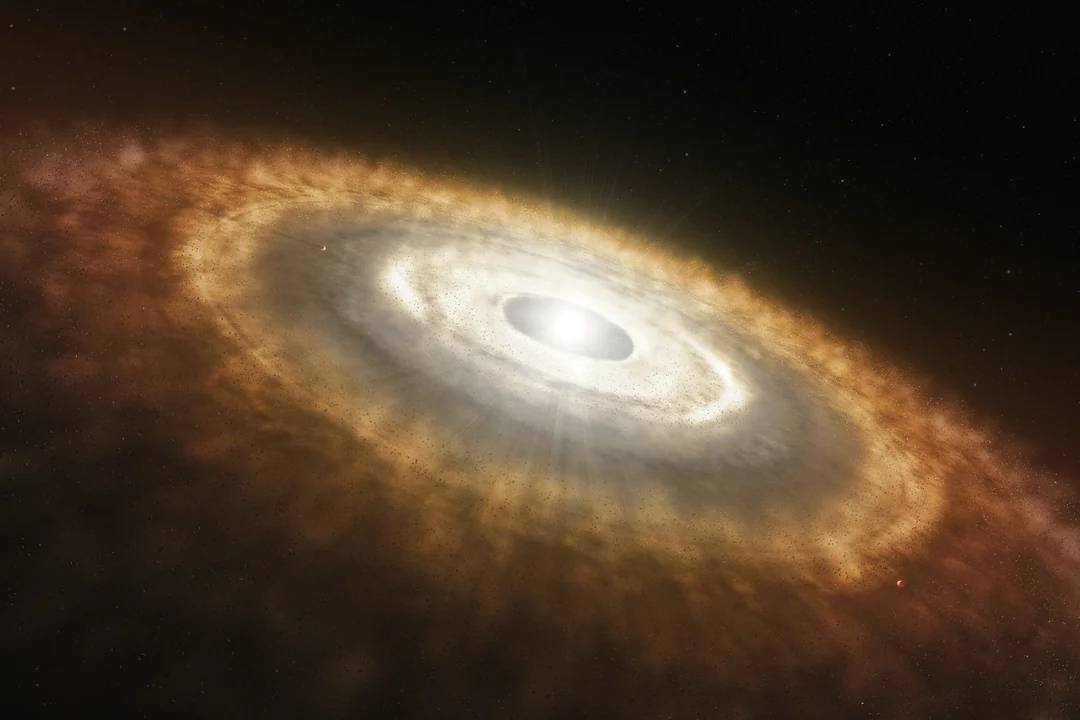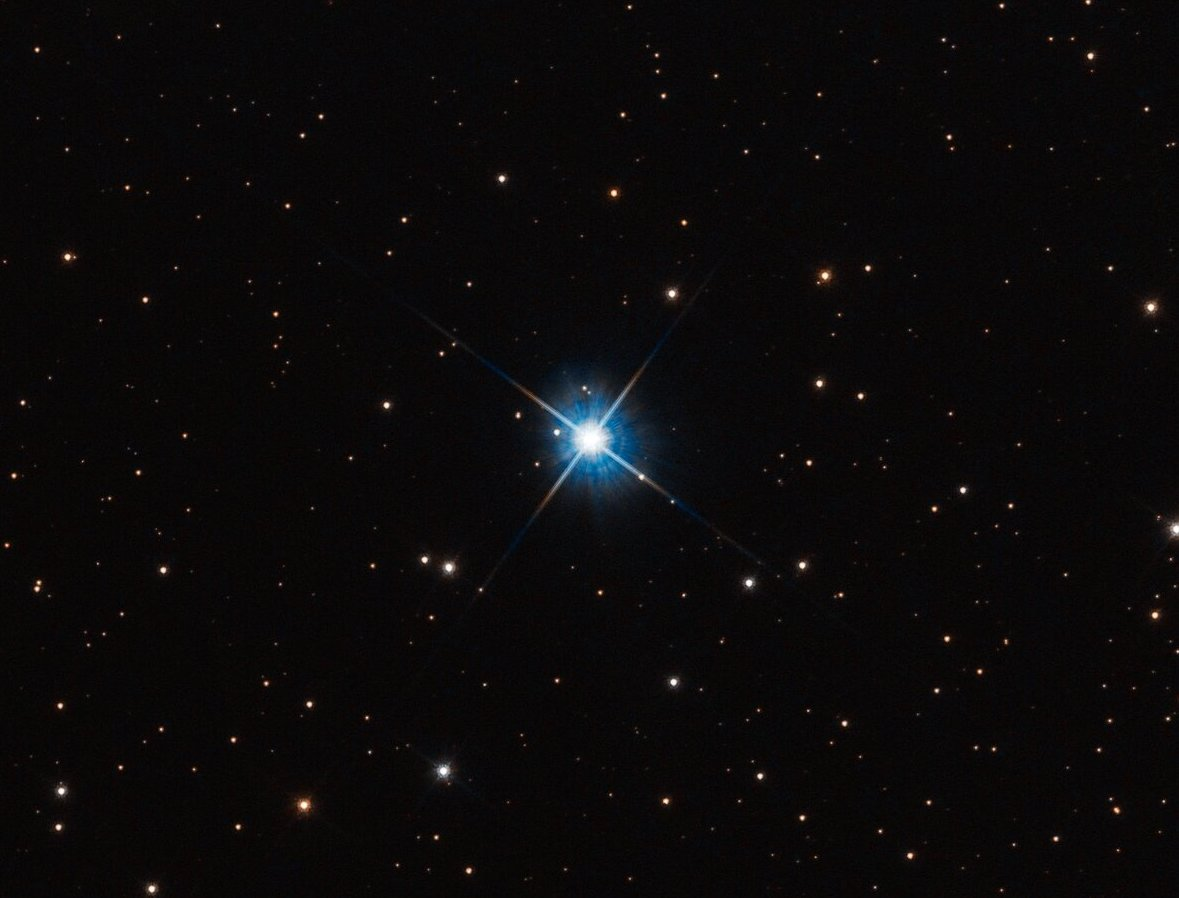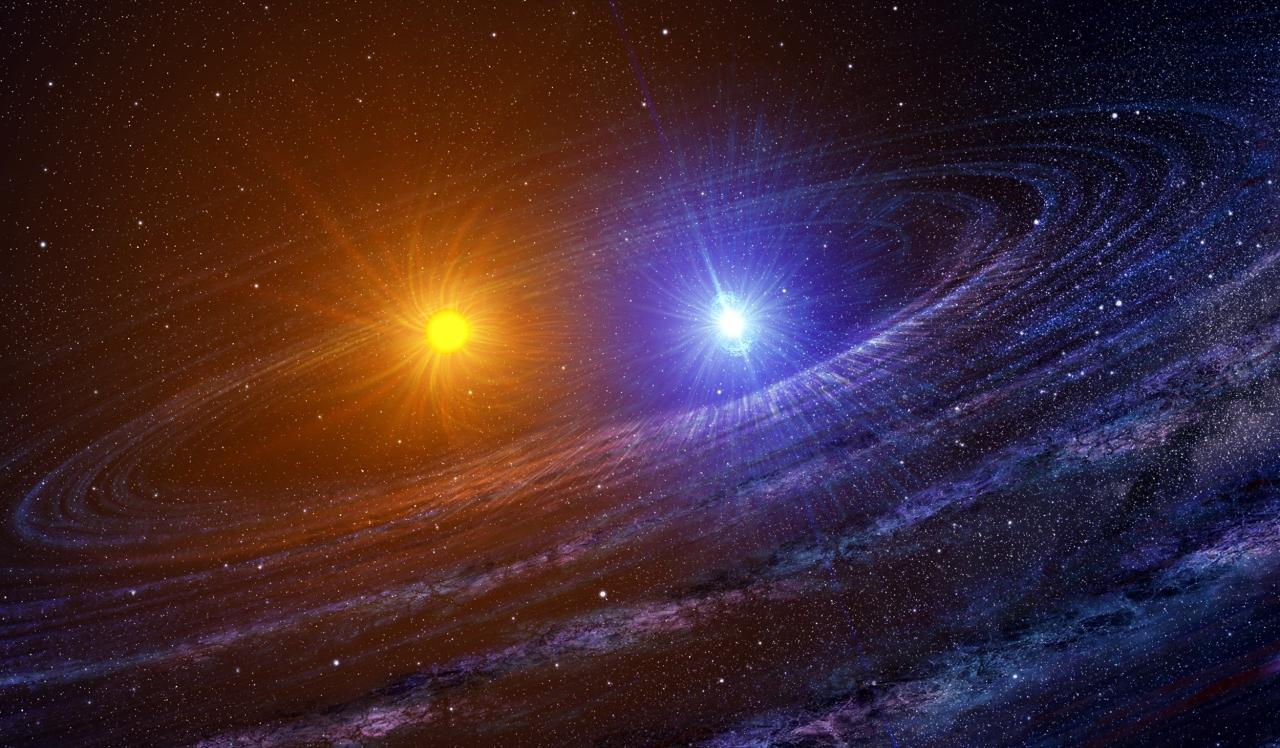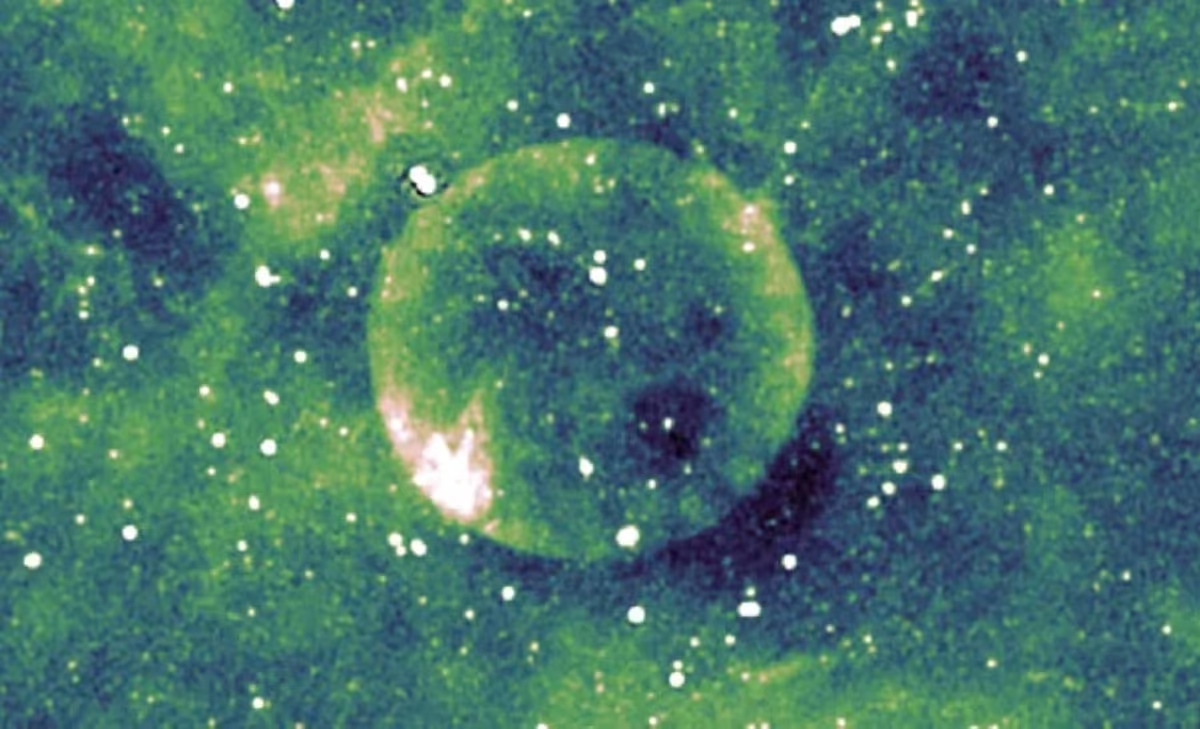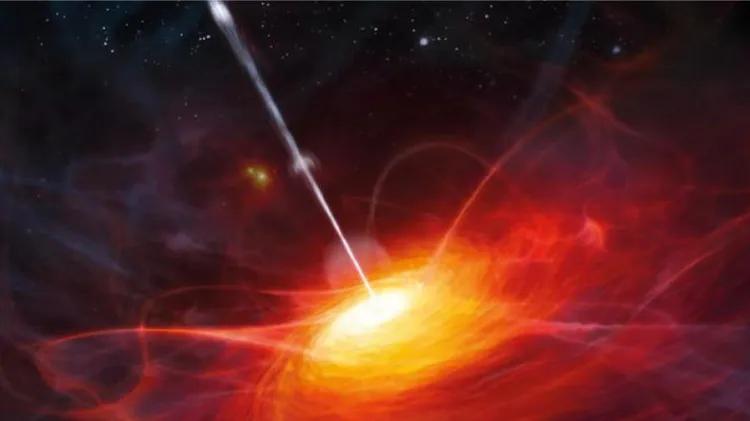innovuscollege.com – A protostar is the early stage in the life cycle of a star, occurring between the formation of a molecular cloud (nebula) and the onset of nuclear fusion. This period represents a crucial transition from a cold, dark gas cloud to a shining star that will eventually join the main sequence of stellar evolution. Protostars are the seeds of future stars, and their study provides essential insights into the processes that govern star formation in the universe.
How Does a Protostar Form?
Stars form in vast molecular clouds, also known as stellar nurseries, where the temperature and pressure are low enough for gas and dust to accumulate. These clouds are mostly composed of hydrogen, the primary fuel for stellar fusion. Over time, regions within these clouds experience gravitational collapse due to the attraction between the particles within them. As the material gathers in one place, it begins to heat up due to the immense pressure, eventually forming a dense, hot core.
When the core reaches a temperature of approximately 1000 K to 2000 K (about 700 to 1700°C), the object is referred to as a protostar. While the protostar itself isn’t yet undergoing fusion, the energy generated from gravitational contraction and from the heating of gas as it falls inward helps the object shine and gain stability. The surrounding material is also pulled in by gravity, forming an accretion disk that spins around the forming star.
Characteristics of a Protostar
Protostars are fascinating objects because they represent a star’s infancy. Here are some key features that define a protostar:
- Temperature: Protostars are much hotter than their surrounding molecular cloud. Their core temperatures range from 1000 K to several thousand Kelvin, but they are still far below the temperatures needed for nuclear fusion (which begins at around 10 million K).
- Luminosity: Though not yet capable of nuclear fusion, a protostar shines due to the heat released during contraction. Its luminosity is a combination of the energy from gravitational contraction and the heat emitted by the infalling gas.
- Infrared Emission: Protostars are often obscured by dense gas and dust, making them invisible in visible light. However, they can be observed in the infrared spectrum, as they emit a large amount of energy in this range. Telescopes like the Spitzer Space Telescope or the James Webb Space Telescope (JWST) are able to detect these infrared emissions and study the conditions in which stars form.
- Surrounding Disk: A protostar is often surrounded by a rotating disk of gas and dust, known as an accretion disk. This disk feeds material to the protostar through gravitational attraction. The matter in the disk slowly spirals inward, heating up as it moves closer to the protostar.
- Jets and Outflows: During the protostar phase, powerful jets of gas are often ejected from the poles of the forming star. These jets are the result of the interaction between the protostar’s magnetic field and the surrounding accretion disk. The material is expelled at high speeds, helping to regulate the mass accretion and allowing the protostar to avoid becoming too massive too quickly.
The Protostar’s Evolution
The protostar phase is not a static state; it is a period of intense change that leads up to the star’s entry into the main sequence stage, where it will spend most of its life. The protostar goes through several key phases of evolution:
- Class 0 Protostar: This is the very earliest stage of star formation, before significant amounts of fusion have started in the core. At this point, the object is still gathering material from its surrounding molecular cloud. Class 0 protostars are deeply embedded in the surrounding gas and dust, and they are typically the most difficult to observe directly.
- Class I Protostar: As the protostar continues to accrete material and its core temperature rises, it enters the Class I phase. This stage is marked by more pronounced infrared emissions, and the protostar becomes more visible as it clears away some of the surrounding dust. It is still not undergoing nuclear fusion, but the processes of accretion and heating are ongoing.
- Class II Protostar: In this phase, the protostar has cleared away most of its surrounding envelope, and we can begin to see the star more clearly. The protostar’s core temperature has risen enough to start fusing hydrogen in the outer layers, though this fusion is not yet self-sustaining. It is still accumulating mass from the surrounding gas and dust, and the system may have a more defined structure, including a well-established accretion disk.
- Class III Protostar: At this stage, the object has nearly finished accreting mass. The star has reached a temperature and pressure where nuclear fusion begins in earnest. The star enters the main sequence phase of its life, where it will spend most of its existence.
How Long Does the Protostar Phase Last?
The protostar phase can last anywhere from 100,000 to a few million years, depending on the mass of the forming star. More massive stars evolve through this phase more quickly, while low-mass stars (like our Sun) take longer to reach the main sequence. The duration of the protostar phase is influenced by several factors, including:
- The rate of accretion: If the protostar is gathering material from its surrounding nebula quickly, it will reach the next stages of development sooner.
- The mass of the star: More massive stars require more material to reach the critical temperature needed for fusion, so they take longer to evolve into fully-fledged stars.
The Role of Protostars in Star Formation
Protostars play a crucial role in the ongoing cycle of star formation in galaxies. They are the “baby stars” that will eventually grow up to become fully-fledged main sequence stars, illuminating the galaxy and contributing to the synthesis of heavy elements in the universe. Understanding protostars helps astronomers learn more about the early stages of star formation, the conditions that lead to stellar birth, and the intricate processes of accretion, fusion, and jet ejection.
Conclusion
The protostar is a dynamic and vital stage in the birth of a star. Though it is not yet capable of nuclear fusion, a protostar is an energetic object undergoing rapid change, with key processes such as accretion, outflow, and heating driving its evolution. The transition from a cold molecular cloud to a shining star is a complex journey, and the study of protostars helps us understand not only how individual stars are born but also how galaxies evolve over time. Protostars may be the building blocks of stellar systems, but they are also an essential step in the greater cosmic cycle of matter, energy, and light.

